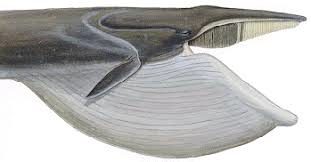The curtain comes up on a near empty stage. A chair, a deal table (whatever that is), and a typewriter (on the deal table, whatever that is.) Apparently it is summer. The large twelve over twelve windows are open down both sides of the theatre, and the hometown moths exult (everybody “be the moths) in the thrill of flying smack into a big spotlight. The smacks, admittedly, are hard to hear but if you are still “being the moth” you should have no trouble. If you like the word “desultory”, you might use it to describe the motion of the curtains. If you don’t like the word “desultory” (and a lot of people don’t), just picture the curtains as barely- half-heartedly moving in what breeze there is coming in the twelve over twelve windows. Choosing the latter course with all its dashes may help us to see the utility of the word “desultory.” By no means does that mean you have to use it. I am just saying. By the way (or if you will – incidentally), there is no audience – well – except for the moths (and at second reckoning the windows are nine over nine. Sorry.) I think we can safely assume as is customary that there is someone backstage who raised the curtain. Or not. Now, as throughout (or heretofore, if you’d rather) you will have to take my word that the curtain comes down ending the first act.
Leave a comment